The Smart TV revolution has taken center stage over the past decade, reshaping the landscape of television and rapidly replacing traditional sets. This seismic shift in consumer preferences has been fueled by the convergence of advanced technology, internet connectivity, and an insatiable appetite for on-demand content.
As a result, streaming businesses have seized the opportunity by launching their Smart TV apps, offering viewers a new and immersive way to experience digital entertainment. To excel in this dynamic field, it’s essential to delve deeper into the Smart TV revolution and explore the multifaceted future it holds for the world of television.
This article takes a deep dive into the transformative impact of the Smart TV revolution, offering a glimpse into the future of television and its profound implications for the streaming industry. Whether you’re a streaming business seeking to adapt to the changing tides or a curious enthusiast eager to explore more of this revolution, it will help you know the needful.
The Key Aspects of Smart TV Revolution
The advent of Smart TVs has ushered in an era where the traditional concept of television is being redefined and reshaped. Now let’s walk you through the key aspects of the Smart TV revolution.
1. Enhancing UX/UI for Smart TV Apps
One of the most significant and noticeable aspects of the Smart TV revolution is the dramatic enhancement of the user experience (UX) and user interface (UI) for Smart TV apps. Gone are the days of cumbersome navigation and clunky interfaces. Smart TVs now offer sleek and intuitive interfaces that are designed to engage viewers and simplify content discovery.
- Seamless Content Discovery: Smart TVs have revolutionized content discovery by offering personalized recommendations based on viewers’ preferences and watching history. This level of personalization ensures that users are presented with content that aligns with their interests, keeping them engaged and satisfied.
- Interactive Interfaces: Smart TV apps now incorporate interactive elements that allow users to engage more deeply with content. Features like interactive quizzes, polls, and real-time statistics enhance user engagement and create a more immersive viewing experience.
- Multi-Screen Synchronization: Many Smart TVs are equipped with features that enable multi-screen synchronization. This means viewers can seamlessly switch between their Smart TV and other devices, such as smartphones or tablets, without missing a beat. This synchronization enhances convenience and flexibility for users.
- Voice Search and Control: Voice search has become a ubiquitous feature in Smart TVs. It allows users to search for content simply by speaking into their remote control. This not only streamlines the search process but also makes it more accessible, especially for those who may have difficulty using traditional remotes.
- Intuitive Navigation: Smart TVs have evolved to provide intuitive navigation that is accessible to users of all ages. Icons, menus, and layouts are designed to be user-friendly, ensuring that viewers can easily find their way around the interface.
2. Voice and Gesture Control
Voice and gesture control represent another pivotal aspect of the Smart TV revolution. These innovative features have not only added convenience to the viewing experience but have also transformed the way viewers interact with their Smart TVs.
- Voice Control: Voice control has emerged as a game-changer in Smart TV technology. Viewers can now use voice commands to perform various functions, from searching for content and adjusting volume to controlling smart home devices. This hands-free approach to TV control is not only convenient but also enhances accessibility.
- Gesture Control: Gesture control technology allows viewers to interact with their Smart TVs using hand movements. By making specific gestures, users can navigate menus, play games, and control various aspects of the viewing experience. Gesture control adds a new dimension of interactivity to Smart TVs.
- Accessibility: Voice and gesture control features have significantly improved accessibility for users with disabilities. These technologies enable individuals with mobility or speech impairments to enjoy Smart TVs with greater ease, ensuring that entertainment is inclusive and accessible to all.
- Entertainment Integration: Voice and gesture control have extended beyond basic TV functions. They have become integral to gaming consoles and applications, providing an immersive experience where users can physically engage with games and content.
- Privacy Considerations: While voice and gesture control offer remarkable convenience, they also raise important privacy considerations. The collection and storage of voice and gesture data have sparked discussions about user privacy and data security, prompting manufacturers to implement robust privacy measures.
3. Leveraging AI for Content Recommendations
In today’s world of content abundance, viewers often face the paradox of choice, where the sheer volume of available content can be overwhelming. AI steps in as a solution, making the viewing experience more personalized and enjoyable.
- Personalized Content Discovery: AI algorithms analyze a viewer’s viewing history, preferences, and behavior to provide personalized content recommendations. Whether it’s suggesting movies, TV shows, or even YouTube videos, AI tailors its suggestions to align with individual tastes. This not only enhances the user experience but also keeps viewers engaged and satisfied.
- Continuous Learning: AI is not static; it’s a continuous learning system. As viewers interact with their Smart TVs, AI algorithms adapt and refine their recommendations. This ensures that the recommendations remain relevant over time, reflecting changing preferences and interests.
- Enhanced Engagement: Personalized content recommendations contribute to increased engagement. When viewers are presented with content that resonates with their interests, they are more likely to stay on the platform for longer periods, reducing churn rates for streaming services.
- Improved Monetization: For streaming businesses, AI-driven content recommendations offer an opportunity to optimize monetization. By showcasing content that viewers are more likely to watch, streaming platforms can increase their advertising revenue and drive subscriptions.
- Discovering Niche Content: AI’s ability to analyze user data also allows for the discovery of niche or lesser-known content. Viewers may stumble upon hidden gems that align with their tastes but might have gone unnoticed without AI-driven recommendations.
4. Content Delivery Optimization for Smart TVs
Content delivery optimization is another critical aspect of the Smart TV revolution, ensuring that viewers can enjoy a seamless and high-quality streaming experience. This optimization involves various strategies and technologies to enhance the delivery of content to Smart TVs.
- Content Delivery Networks (CDNs): CDNs play a crucial role in content delivery optimization. They are geographically distributed networks of servers that reduce latency by serving content from servers located closer to the viewer. This reduces buffering and ensures smoother streaming.
- Adaptive Bitrate Streaming (ABR): ABR technology dynamically adjusts the quality of the video stream based on the viewer’s internet connection. This means that even viewers with slower internet connections can enjoy uninterrupted streaming, as the video quality adjusts in real-time.
- Device Compatibility: Smart TVs come in various models and have different capabilities. Content delivery optimization includes ensuring that content is compatible with a wide range of Smart TVs, making it accessible to a broader audience.
- Load Balancing: To prevent server overload during peak viewing times, load balancing distributes traffic evenly across multiple servers. This ensures that the streaming service remains responsive and available to users, even during high-demand periods.
- Content Compression: Efficient content compression reduces the size of video files without compromising quality. This not only saves on bandwidth but also speeds up content delivery, reducing buffering times.
- Security Measures: Content delivery optimization includes robust security measures to protect content from piracy and unauthorized access. This is especially critical for streaming businesses offering premium content.
- Global Reach: As streaming businesses expand globally, content delivery optimization includes establishing server presence in various regions. This reduces latency for viewers in different parts of the world and ensures a consistent streaming experience.
- Quality of Service (QoS) Monitoring: Streaming services often implement QoS monitoring to track the quality of the viewer’s experience in real-time. This allows for quick response to issues and ensures that viewers receive the best possible streaming quality.
5. Advertising Opportunities in Smart TV Apps
The evolution of Smart TV technology has not only transformed the way we consume content but has also opened up new horizons for advertising. Smart TV apps provide a fertile ground for advertisers to reach their target audiences in innovative and engaging ways.
- Targeted Advertising: Smart TVs collect a wealth of user data, including viewing habits and preferences. Advertisers can leverage this data to create highly targeted ad campaigns. For example, a sports apparel brand can deliver ads specifically to viewers who frequently watch sporting events, ensuring that the message reaches those most likely to be interested.
- Interactive Ads: Smart TV apps enable interactive ads that engage viewers beyond traditional TV commercials. Viewers can interact with ads by clicking, swiping, or using their remote controls, making the advertising experience more immersive.
- Sponsored Content: Advertisers can collaborate with content creators to integrate sponsored content seamlessly into Smart TV apps. This approach blurs the lines between advertising and entertainment, offering viewers a more enjoyable experience.
- Ad Insertion: Smart TV apps allow for dynamic ad insertion, enabling advertisers to change ads in real-time based on viewer demographics, location, or even the weather. This level of customization ensures that ads remain relevant and engaging.
- Data-Driven Insights: Advertisers receive valuable data and insights about the performance of their ads on Smart TVs. They can track metrics like views, click-through rates, and viewer engagement, allowing for data-driven adjustments to their campaigns.
- Programmatic Advertising: Programmatic advertising on Smart TVs automates the buying of ad space, making it more efficient and cost-effective for advertisers. This approach ensures that ads are delivered to the right audience at the right time.
- Over-the-Top (OTT) Advertising: As more viewers shift to OTT platforms on their Smart TVs, advertisers can target audiences who have abandoned traditional cable TV. This transition offers new opportunities for advertisers to reach cord-cutters and cord-nevers.
6. VR/AR Integration
Virtual Reality (VR) and Augmented Reality (AR) are poised to transform the Smart TV experience, offering a new dimension of immersion and interactivity for viewers.
- Immersive Content: VR integration in Smart TV apps allows viewers to step into virtual worlds and experience content in a profoundly immersive way. For example, a travel app can provide virtual tours of exotic destinations, giving viewers a taste of their dream vacations from the comfort of their living rooms.
- Enhanced Gaming: VR and AR open up exciting possibilities for gaming on Smart TVs. Gamers can enjoy more immersive and interactive experiences, where the boundaries between the virtual and real worlds blur. This evolution is especially significant for gaming consoles integrated with Smart TVs.
- Virtual Shopping: Shopping apps on Smart TVs can leverage AR to enable virtual try-ons. Viewers can see how clothing or accessories look on them before making a purchase, enhancing the e-commerce experience.
- Virtual Social Interaction: VR integration allows for virtual social gatherings and events. Friends and family can gather in virtual spaces to watch movies together, attend virtual parties, or engage in shared activities, even if they are physically apart.
- Education and Training: VR and AR are valuable tools for educational and training apps on Smart TVs. Viewers can engage in immersive learning experiences, such as virtual science labs or simulated flight training.
- Health and Fitness: Fitness apps can use AR to guide users through workouts, providing real-time feedback on form and technique. This makes home workouts more engaging and effective.
- Advertising Opportunities: VR and AR open up new advertising opportunities. Advertisers can create immersive ad experiences that allow viewers to interact with products or try them virtually. For example, an automobile manufacturer can offer virtual test drives through Smart TV ads.
7. Interactive Content Experiences
Smart TV apps have redefined the way viewers engage with content by offering interactive experiences that go beyond passive consumption. This shift towards interactivity has enriched the entertainment landscape, creating new avenues for user engagement and content innovation.
- Gamification of Content: Interactive elements such as quizzes, polls, and challenges have transformed traditional content into engaging games. TV shows, movies, and educational programs now incorporate gamification to captivate audiences and encourage participation.
- Choose-Your-Own-Adventure: Interactive storytelling has gained popularity on Smart TV apps. Viewers can make decisions that influence the plot of a show or movie, allowing for personalized narratives and multiple story outcomes. This feature immerses viewers in the content creation process, enhancing their sense of agency.
- Live Interactive Events: Smart TVs enable real-time interaction with live events. Viewers can participate in polls, comment on broadcasts, and even have their questions answered by hosts during live streaming sessions. This level of engagement transforms passive viewers into active participants.
- Second Screen Experiences: Smart TV apps often offer companion apps for smartphones or tablets. These second-screen experiences complement the content being watched on the TV. Viewers can access additional information, participate in polls, or engage in live chats with other viewers, enhancing their overall experience.
- Educational Interactivity: Educational apps on Smart TVs leverage interactivity to make learning engaging and effective. Viewers can take quizzes, complete exercises, and receive instant feedback, turning the TV into an educational tool.
- Enhanced Advertising: Interactive ads provide viewers with opportunities to engage directly with brands. For example, viewers can click on an ad to learn more about a product, participate in surveys, or make purchases without leaving the Smart TV app.
- User-Generated Content: Some Smart TV apps allow users to create and share their content. Interactive features enable users to produce interactive stories, quizzes, or live broadcasts, fostering a sense of community and creativity.
8. Subscription Models vs. Ad-supported Apps
The monetization strategies employed by Smart TV apps play a pivotal role in shaping the content ecosystem. Two prevalent models, subscription-based and ad-supported apps, offer distinct advantages and challenges for both content creators and viewers.
Subscription-Based Models:
- Premium Content: Subscription-based Smart TV apps often offer premium content libraries. Viewers pay a recurring fee to access a wide range of high-quality shows, movies, and exclusive content.
- Ad-Free Experience: Subscribers enjoy an ad-free viewing experience, which enhances immersion and convenience. They can watch content uninterrupted by commercials.
- Revenue Predictability: Subscription models provide a predictable source of revenue for content creators. Subscribers commit to ongoing payments, which can be more stable than ad-based revenue that fluctuates based on ad impressions.
- Exclusive Content: Many subscription-based apps invest in creating exclusive content to attract and retain subscribers. This exclusive content can drive user loyalty and subscriptions.
- Content Quality: To retain subscribers, subscription-based apps often prioritize content quality. This results in a selection of high-production value shows and movies.
Ad-supported Apps:
- Free Access: Ad-supported Smart TV apps offer free access to content. Viewers can watch shows and movies without paying a subscription fee.
- Revenue Diversification: Ad-supported apps diversify their revenue streams by monetizing through advertising. This can be advantageous, especially for apps with large user bases.
- Targeted Advertising: Ad-supported apps leverage user data to deliver targeted ads. This personalization can lead to more relevant ads and a higher likelihood of engagement.
- Accessible Content: Ad-supported models make content accessible to a broader audience, including viewers who may not be willing to pay for subscriptions.
- Content Variety: Ad-supported apps often offer a wider range of content, including older shows and movies. This variety can attract viewers looking for diverse entertainment options.
Challenges and Opportunities in Smart TV Sector
The Smart TV sector has experienced tremendous growth and innovation, but it also faces a unique set of challenges and opportunities. As more viewers embrace Smart TVs for their entertainment needs, the industry must address these dynamics to ensure a seamless and rewarding experience for both consumers and content providers.
1. Overcoming App Compatibility Issues
Smart TVs come in a wide range of models and brands, each with its own operating system and app ecosystem. This diversity can lead to compatibility challenges that both consumers and developers must contend with.
- Fragmented Ecosystem: The plethora of Smart TV platforms, including Tizen, WebOS, Android TV, and others, creates a fragmented ecosystem. Developers often need to create and maintain multiple versions of their apps to cater to various platforms.
- User Experience Discrepancies: App compatibility issues can result in a lack of uniformity in the user experience. An app that works seamlessly on one Smart TV platform may face glitches or limitations on another, affecting user satisfaction.
- Updates and Maintenance: Developers face the ongoing challenge of keeping their apps up to date and compatible with the latest Smart TV operating system versions. Failure to do so can lead to functionality issues and potential loss of users.
- Testing and Quality Assurance: Ensuring app compatibility across multiple Smart TV platforms requires rigorous testing and quality assurance processes. Developers must invest time and resources to identify and address compatibility issues.
Opportunities:
- Cross-Platform Development Tools: The emergence of cross-platform development tools and frameworks, such as Flutter and React Native, offers developers a way to build apps that can run on multiple Smart TV platforms. This approach streamlines development efforts and reduces compatibility challenges.
- Collaboration and Standardization: Industry collaboration and standardization efforts can help address compatibility issues. Manufacturers and software providers can work together to establish common standards and guidelines for app development, making it easier for developers to create apps that work seamlessly across platforms.
- Improved Developer Resources: Smart TV manufacturers can invest in providing comprehensive developer resources, including documentation, testing tools, and support. This empowers developers to create high-quality, compatible apps more efficiently.
- User Education: Educating users about app compatibility and available solutions can help manage expectations. Providing clear guidance on which Smart TV models support specific apps can reduce frustration and enhance the overall user experience.
2. Capitalizing on the Smart TV Boom
The growing popularity of Smart TVs presents numerous opportunities for streaming platforms, and advertisers to tap into this expanding market.
- Diverse Content Libraries: Content creators have the opportunity to diversify their offerings to cater to a broader audience. Smart TVs accommodate a wide range of content, from streaming services and gaming apps to educational programs and live events.
- Global Reach: Smart TVs are not limited by geographical boundaries. Streaming platforms can expand their reach to global audiences, offering content that resonates with viewers from different regions and cultures.
- Advertising Innovation: Advertisers can leverage the interactive and personalized features of Smart TVs to create engaging and targeted ad campaigns. The combination of data-driven insights and interactive ad formats opens up new avenues for advertising creativity.
- Monetization Models: Content creators and streaming platforms can explore various monetization models, including subscription-based, ad-supported, and pay-per-view options. Diversifying revenue streams allows for flexibility in catering to different viewer preferences.
Challenges:
- Content Discovery: With the abundance of content available on Smart TVs, content discovery remains a challenge. Helping viewers find relevant and engaging content requires robust recommendation algorithms and intuitive user interfaces.
- User Privacy: As Smart TVs collect user data to personalize recommendations and ads, privacy concerns arise. Striking the right balance between personalization and user privacy is crucial to maintain trust.
- Competition and Innovation: The Smart TV sector is highly competitive, with new players entering the market regularly. Staying ahead requires continuous innovation and differentiation in content offerings and features.
- Quality Assurance: Ensuring the quality of content and apps on Smart TVs is paramount. Content creators and developers must invest in quality assurance processes to deliver a seamless and enjoyable user experience.
3. Ensuring Data Privacy in Smart TV Apps
As Smart TVs become increasingly integrated into our daily lives, concerns about data privacy have come to the forefront. These concerns are valid, considering that Smart TVs can collect a wealth of user data, from viewing habits to personal information. Ensuring data privacy in Smart TV apps is not just a matter of compliance with regulations; it’s a fundamental aspect of maintaining user trust and safeguarding sensitive information.
- Data Collection Transparency: Smart TV apps should be transparent about the data they collect and why. This information should be communicated clearly to users during the app setup process and in privacy policies. Users should have a comprehensive understanding of what data is being gathered.
- Explicit Consent: Obtaining explicit consent from users before collecting their data is essential. Users should have the option to opt in or opt out of data collection. Consent should be informed and freely given, without any undue pressure.
- Data Minimization: Smart TV apps should collect only the data necessary for their intended purposes. Collecting excessive or irrelevant data not only poses privacy risks but also increases the app’s attack surface for potential cybersecurity threats.
- Anonymization and Encryption: User data should be anonymized whenever possible, and sensitive information should be encrypted both during transmission and when stored. Encryption ensures that even if data is intercepted, it remains unreadable and protected.
- Secure Authentication: Smart TV apps should implement secure authentication mechanisms to verify user identities. Weak or non-existent authentication processes can lead to unauthorized access and data breaches.
- Regular Security Audits: Conducting regular security audits and vulnerability assessments can help identify and address potential privacy risks. These assessments should be performed by cybersecurity experts to ensure thorough evaluations.
4. Safeguarding Against Cybersecurity Threats
The interconnected nature of Smart TVs makes them susceptible to cybersecurity threats, ranging from malware attacks to unauthorized access. Safeguarding against these threats is crucial to protect user data and maintain the integrity of Smart TV apps.
- Firmware Updates: Smart TV manufacturers should regularly release firmware updates that address known security vulnerabilities. Users should be encouraged to keep their Smart TVs up to date to benefit from security patches.
- App Permissions: Smart TV apps should implement a permission model that restricts access to sensitive resources and functionalities. Users should be prompted to grant permissions when an app attempts to access certain data or features.
- Malware Protection: Smart TV apps should have built-in malware protection mechanisms that scan for and detect malicious software. This protection helps prevent malware from compromising the security of the Smart TV.
- Network Security: Smart TV apps should be designed to operate securely within a network environment. This includes using secure communication protocols, such as HTTPS, and implementing firewalls to monitor and filter incoming and outgoing network traffic.
- User Authentication: Strong user authentication is essential to prevent unauthorized access to Smart TV apps. Multi-factor authentication (MFA) can provide an additional layer of security by requiring users to provide multiple forms of verification.
- Secure Development Practices: Developers should follow secure coding practices when creating Smart TV apps. This includes input validation, secure data storage, and protections against common vulnerabilities such as SQL injection and cross-site scripting (XSS).
- Data Encryption: Sensitive data, such as user credentials and payment information, should be encrypted both in transit and at rest. Encryption ensures that even if attackers gain access to the data, it remains protected.
- Regular Security Testing: Smart TV apps should undergo regular security testing, including penetration testing and code reviews. Identifying and addressing security weaknesses proactively can prevent potential cyberattacks.
The Bottom Line
It is evident that the Smart TV sector is in the midst of a profound and lucrative boom, with a promising future that offers exciting opportunities for content creators, streaming platforms, and advertisers. The proliferation of Smart TVs has reshaped the entertainment landscape, providing access to diverse content libraries and interactive experiences. Capitalizing on this growth requires adapting to challenges such as app compatibility, data privacy, and cybersecurity threats.
One promising avenue for streaming businesses is the launch of their own branded Smart TV apps. These apps offer direct access to a vast and engaged user base, providing an excellent channel for content distribution and monetization. As the Smart TV ecosystem continues to expand, it’s essential for streaming businesses to establish a presence on these platforms to reach a broader audience and stay competitive.
Muvi One, a leading OTT platform provider, offers a comprehensive solution for streaming businesses looking to launch their own branded Smart TV apps. With Muvi One, you can seamlessly deploy your content across diverse Smart TV ecosystems like Roku TV, Samsung Tizen, LG TV, Apple TV, and more. This strategic approach positions your brand to tap into the thriving Smart TV market, ensuring a bright and prosperous future in the ever-evolving world of digital entertainment.
Take a 14-day free trial today to get started!
FAQs
A Smart TV is a television with built-in internet connectivity and apps, allowing access to online content and services. It differs from a regular TV by offering internet access, app support, and interactive features.
Key features of a Smart TV include internet connectivity, app support for streaming services, voice control, screen mirroring, and integration with other smart devices.
The future of Smart TVs holds advancements in AI, better integration with IoT devices, enhanced content personalization, and possibly AR/VR integration for immersive entertainment.
Emerging technologies in Smart TVs include OLED and MicroLED displays for superior picture quality, voice recognition improvements, 8K resolution support, and increased focus on eco-friendly features.
Smart TVs connect to the internet via Wi-Fi or Ethernet, allowing access to online content. They may also use streaming devices, such as Roku or Chromecast, for connectivity.
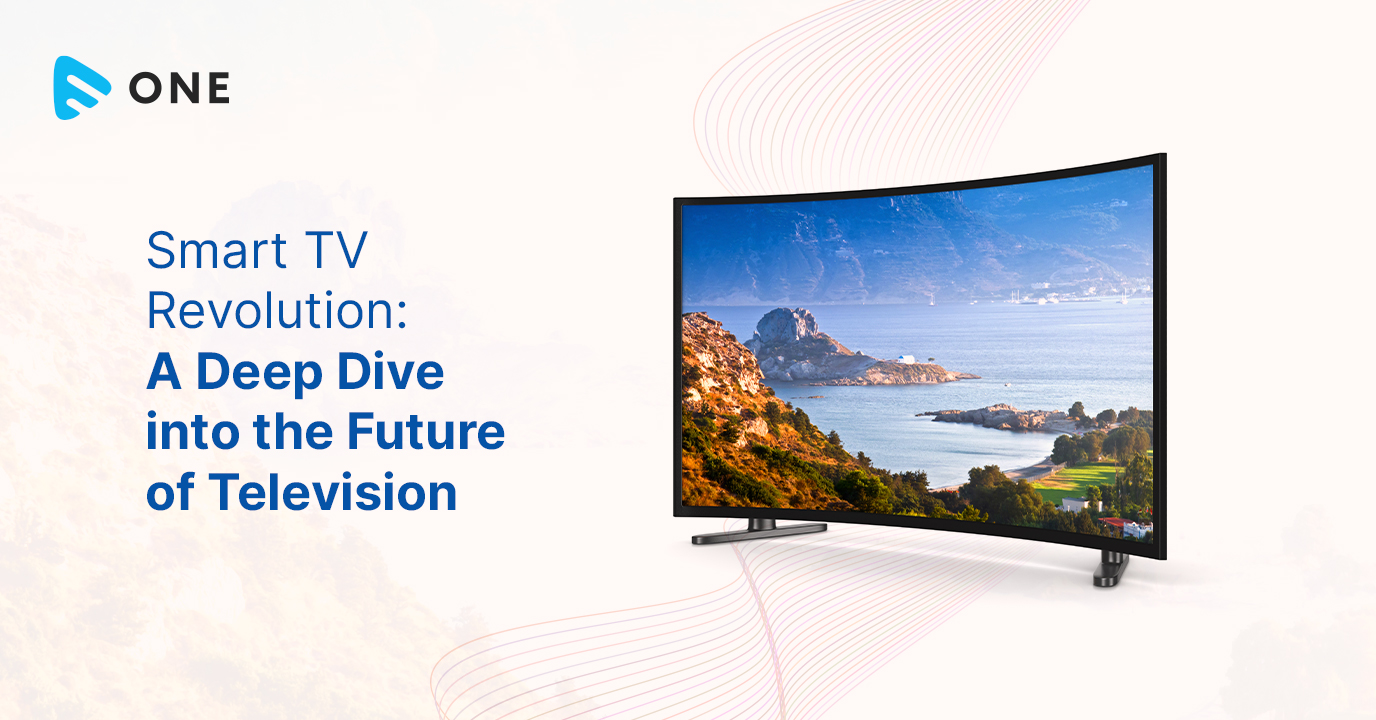


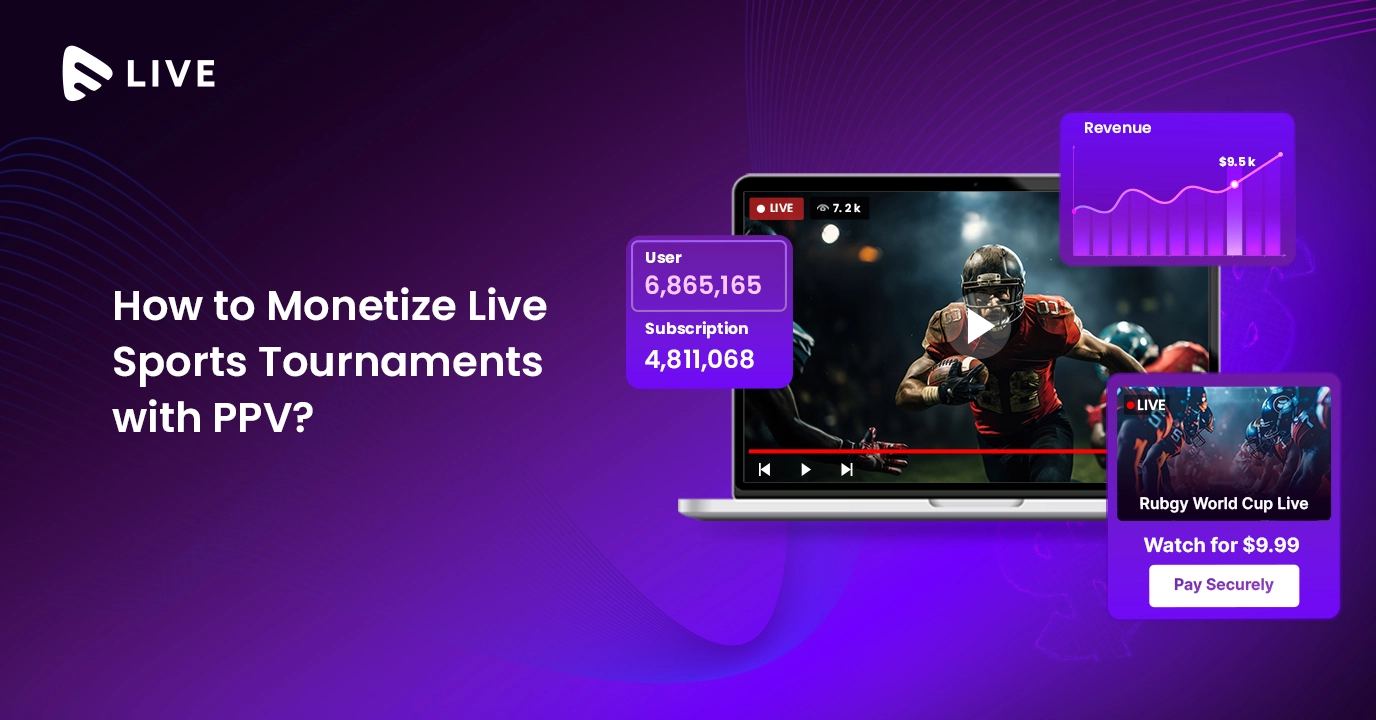

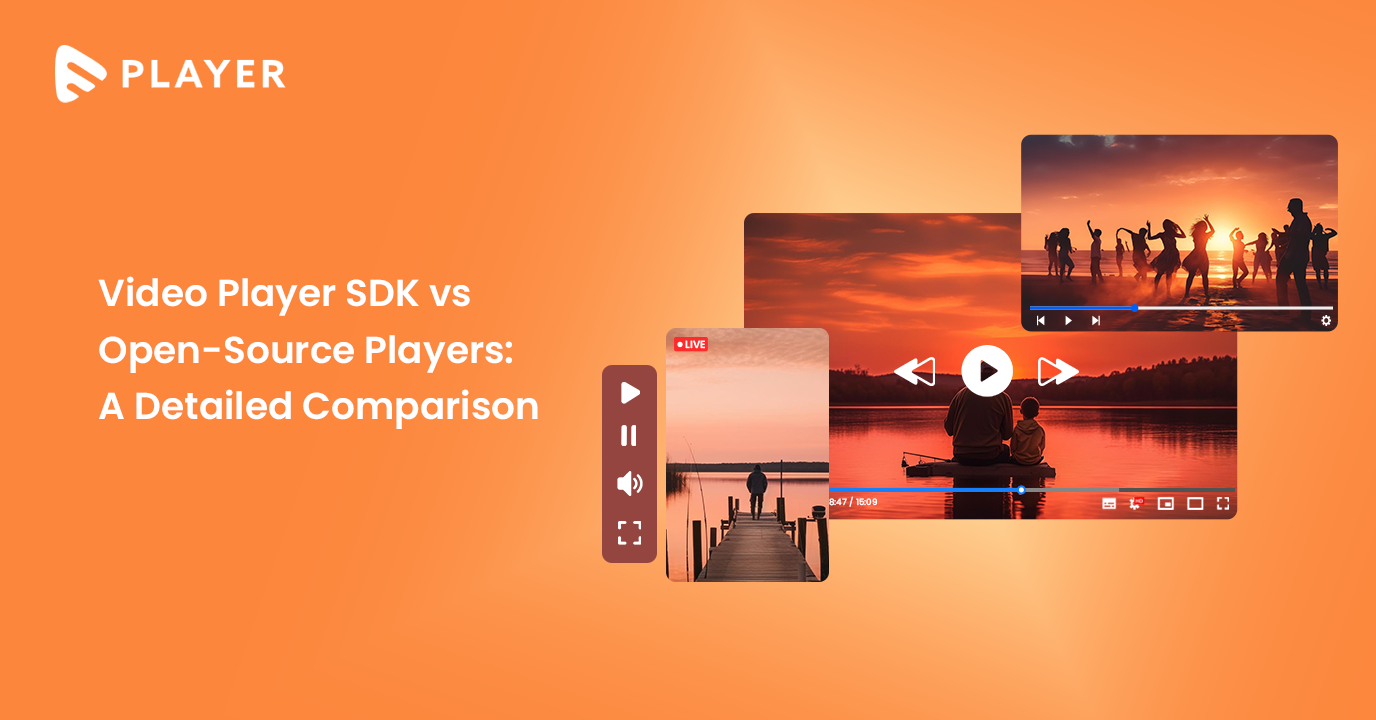
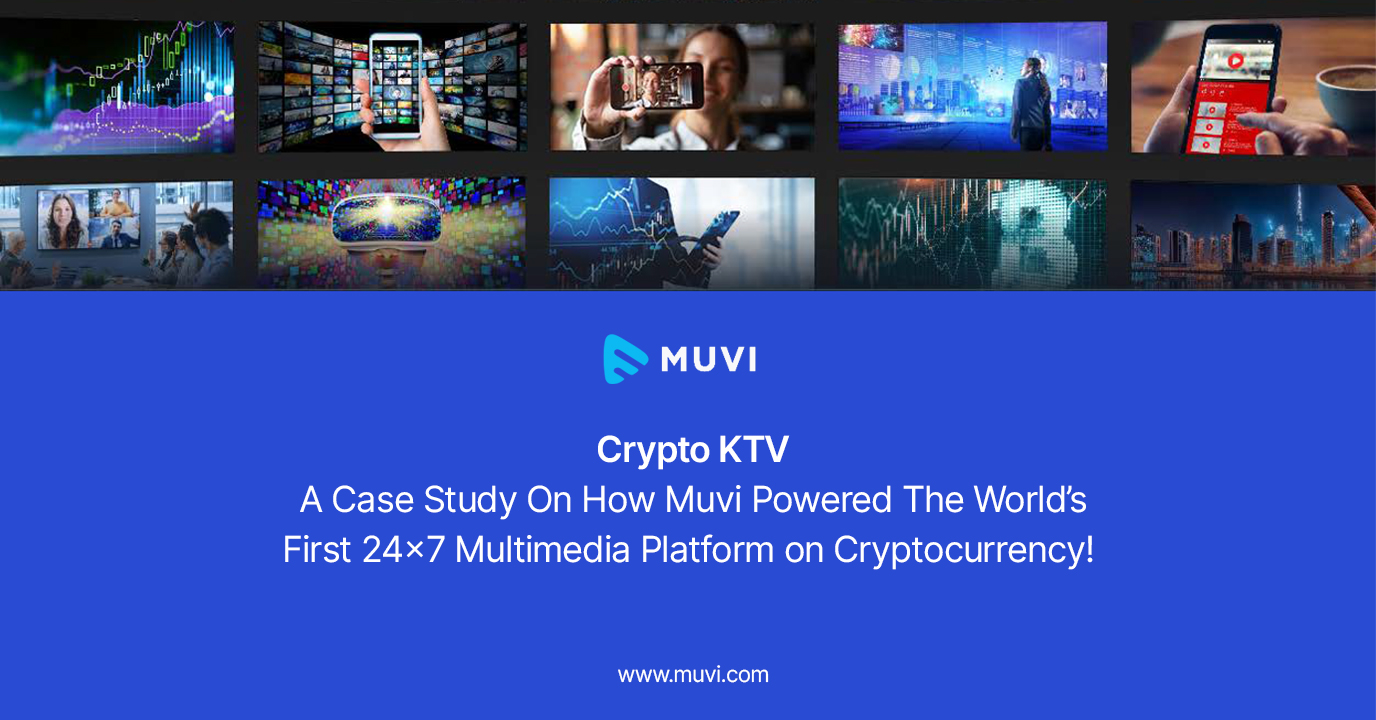
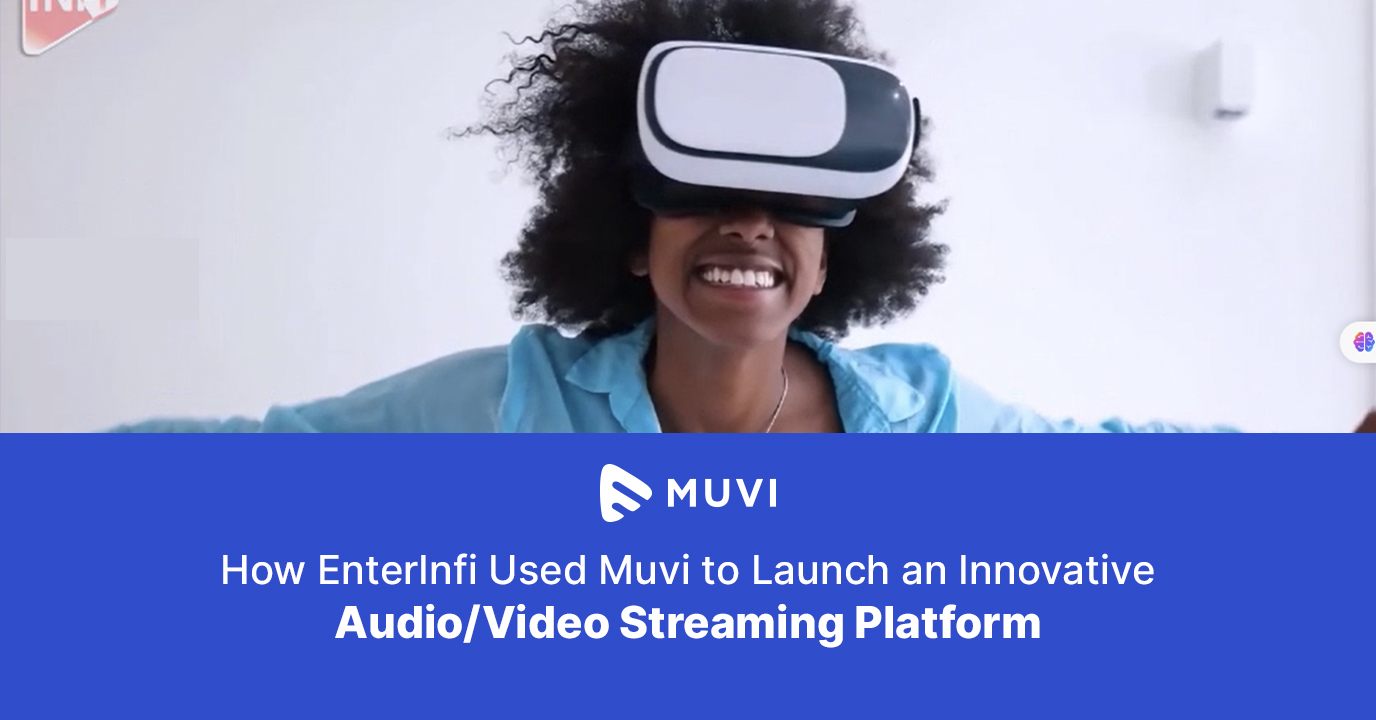








Add your comment